Without semantic content, asemic writing becomes total in what it can express
Michael Jacobon is the author of the asemic novella The Giant’s Fence and curator of The New Post Literate: A Gallery of Asemic Writing. Sake van der Wall and Frank Keizer interviewed Michael through email over the course of the last few weeks, and talked with him about his ideas and influences, new ways of reading and looking, and about asemic writing as a model for social and political community.
SK: Michael Jacobson, you are the author of several asemic novellas and the editor/founder of the influential blog The New post Literate, which publishes asemic writing. Can you tell us what fascinates you about asemic writing, and how and when you became involved with it?
MJ: My journey to literacy was painful. I hated school and didn’t completely learn to write with words until I decided to attend college. I have always liked to read, and been fascinated with books, but I didn’t learn to effectively communicate with words until my twenties. I think asemic writing, in a way, assisted me with my verbal writing, by the fact that it got me to put pen to paper.
I used to play guitar in a punk band called Pike with Dan Beeman who is now in the band Helmet. We would record our songs from our practice sessions onto tapes, and I started to label the tapes with alien symbols which didn’t really carry any meaning beyond the music that was on the tapes. The band split up and I began to make bad paintings of geometric shapes and surreal forms, and sort of forgot about the symbols for awhile. My main form of writing at this time was song lyrics.
Then I met a young woman named Tina Morgan. She was an artist, filmmaker and poet. She was a great writer and taught me a lot about symbolism and Baudelaire, and most importantly she was working on a book. Now the strange idea occurred to me that people actually wrote books and that books were not something just spit out by machines — they are crafted. I decided I wanted to write a book too. My first manuscript was about some patients at a hospital that formed a religion around chloroform. I wrote a lot of pages, but I was a bad writer and it showed. Around this time, I killed William Burroughs by sending him a sample of my bad writing, he died a week later.
I beat my head with the thought of writing a book. Words were not doing it for me, and my painting wasn’t working for me either. Armed with the ideas of alien writing and symbolism, I put out a short chapbook of symbols with a glyph for the title. I think it was about 1998 or ’99. I gave away the glyph book and to my surprise they all disappeared. Feeling successful I decided to do a longer work. Around this time I discovered Max Ernst’s Maximiliana, Mirtha Dermisache, Brion Gysin, French Lettrisme,and Rongorongo. I used these influences in creating my asemic novella The Giant’s Fence.
In 2005, as I was putting together The Giant’s Fence into a book, I found Tim Gaze’s asemic magazine and learned the word ‘asemic’. At first I was sort of bummed that the type of writing I was creating had a name. Over time I became used to it, and now I feel it is the best name for the movement. This led me to the situation, where in 2008, I was interested in starting an online gallery for asemic writing. I discussed it with Tim over emails, and then I came up with ‘post-literate’ which I wanted to use from the knowledge bequeathed to me by Saint Marshall Mcluhan. Postliterate.com was already taken, so I added the word ‘new’ and ended with The New Post-Literate: A Gallery of Asemic Writing.
SK: Can you say a little more about the term ‘post-literate’, which is often used to refer to asemic writing? How do you see the relation between ‘post-literate culture’ and asemic writing as a practice?
MJ ‘Post-literate’ to me means “occurring after a condition of literacy”. I have been pre-literate, literate, and in this electronic culture that we are in now, post-literate. I still read, but one of my guilty pleasures is reading about the death of reading. I’ve written four books, and I feel that I have now written enough books; I have said what I wanted to say. I don’t feel the need to produce beyond what I have already put down on paper. If I write any more, it will be film scripts, or videogame scripts, or continuing on with my asemic animations, and blogging.
To be post-literate is to be swimming in electronic culture. Asemic writing is like the electric eels in the water, alive and fully charged, zapping away through the information overload.SK: Asemic writing can be defined as writing without semic content, writing as pure form. Yet asemic works can still generate meaning.Could you tell how this manifests itself in your work?
MJ: Without semantic content, asemic writing becomes total in what it can express. The meaning of an asemic work is not fixed. It is allowed to evolve. It can change, mutate, and time travel. Asemic writing is a wild animal that has taken from art what it needs to survive and no more. The point I am trying to make is: an asemic work can have zero meaning, or a billion meanings, just don’t tie it down; let it fly.
‘Asemic writing is like the electric eels in the water, alive and fully charged, zapping away through the information overload.’
SK: In an interview you once said: ‘I believe asemic writing expresses some difficult emotions better than verbal writing.’ Can you tell me what kind of emotions these are and why they are presented in asemic forms?
MJ: I moved beyond words to say that which cannot be said with words. Sometimes words work and sometimes they fail to capture a certain emotion I may feel. When I can’t find or invent the right word, I turn to asemic writing. When I am bored, frustrated, jealous, drunk, happy, or sad, I turn to asemic writing. With words and asemic writing there is a duality almost like the concept of yin and yang, words and nonwords chasing each other around the garden of imagination and experience — sometimes fighting and at other times helping each other.
SK: You are not just a producer of asemic texts yourself, but also, more or less, the curator of the New Post Literate blog, though not merely in the sense of museum-curatorship. Could you reflect a little more on your curatorial role?
MJ: I consider myself a curator and not an editor. Although I do edit from time to time, I do not edit in a very harsh light; I am trying to capture this asemic moment ‘as it is’ and not act as some kind of gatekeeper. Asemic writing is a subject that I care deeply about and want to share with the whole world. My main goal is to be informative and try to keep things interesting by capturing a wide swath of styles of asemic writing, the historical and the contemporary, and integrating it with other more familiar forms of writing by way of The New Post-Literate and the internet. The battle with the general acceptance of asemic writing is similar to the one that abstract expressionism faced — is it painting? With asemic writing the question becomes — is it writing? I say it is because asemic authors are conscious of the writing that has gone on before them. The main challenge for new writers in the field of asemic writing is to come up with exciting new asemic work which is different from what has already been done.
SK: Do you see asemic writing as a subscene of visual poetry or as a separate genre or form? How are the two related?
MJ: I don’t consider my work to be visual poetry, Most of my own work I call “visual fiction”. I am interested in, read, and am a fan of visual poetry, but don’t consider myself a visual poet. I am a visual novelist. Asemic writing is a cousin to vispo and is its own genre. People often ask me if it’s art or writing, it’s both and neither. I would like to see asemic writing have its own shelf space in libraries and bookstores. I could see it placed next to the vispo section. I do create short works, but I call them sketches instead of poems. The one poem I do lay claim to creating is my machine poem ‘The Paranoia Machine: A Nightmare Machine’.
SK: Do you think that asemic writing is related to other forms of avantgarde writing, for example the dadaist sound poetry of Kurt Schwitters, and if so, how do you see that relation?
MJ: Sound poetry and asemic writing seem to make the perfect marriage. I have been fascinated by sound poetry (or hurls, whistles, wheezes and grunts) for a long time, and even made use of it in my asemic kinetic blog novel Mynd Eraser. Jaap Blonk, Geof Huth, and The Four Horseman all create sound poetry which I consider influences, and Geof is an example of someone who also creates great asemic writing. Sound poetic door squeaks and asemic cracks in the sidewalk all lend themselves to a sense of reality and character.
SK: Asemic writing seems to come forth from a basic refusal to represent, to produce symbolic content. Do you see a political aspect to this as well?
MJ: Yes, it can be political: anyone with a pen and paper can do it and create something amazing. On paper there is the cryptographic threat, and on a wall, it’s wildstyle graffiti I am thinking of. Maybe asemic writing is becoming the graffiti of the internet. I am interested in the more charismatic crypto-texts such as The Voynich Manuscript and The Codex Seraphinianus, but I have yet to consciously utilize any cryptography in my work. Though even if I have used cryptography, I admit that I would deny it. Graffiti and cryptography together would make for interesting ciphers. The graffiti artist Retna seems to have a head start in this area by combining abstract graffiti with secret writing. My hieroglyphic novel Action Figures is a book that contains a lot of visual information and no rosetta stone to crack it. In the future I’ll drop some breadcrumb clues and let the birds fly away with them, as I quote Timothy Ely in my mind “no matter how you deal with it, there is no solution”.
‘I think that the asemic community is creating a new type of hybrid experience somewhere between a state of reading and looking’
SK: The Giant’s Fence begins with a disclaimer, stating that all the meaning that the reader reads in the text are true, i.e. there is no correct or incorrect way to read the book. This seems to put the reader in the position of co-producer of the work. What constitutes asemic authorship?
MJ: “Idea generation” is one possible use for asemic texts; an asemic work like The Giant’s Fence can be used as a thesaurus for self discovery. And because the book is open to personal interpretation, the good, the bad, the ugly; this compilation of forces gives the work its tension. I am interested in hearing what meaning readers construct from the text. People have used words to describe their experience with the book, some have altered and glitched it, painted on it, and scribbled in it. TGF has proven to be a remarkably flexible manuscript.
We are all authors of our own reality, though we are also being jabbed in the ribs by the outside interjecting: what is everyone’s story? Are there enough stories in the world already? And what of the hidden stories? Asemic writing seems to understand these questions and offer solutions, wordless but always with the potential for words should the need arise.
SK: Is asemic writing then merely polysemic in nature, or is it creating new reading patterns, creating new ways for signification, for example non-symbolic meaning?
MJ: People interpret symbols in many different ways, and that is the abstract power of symbols. Those of us in the asemic community who are putting our asemic writing into books, are merely creating long symbolic streams of asemic text and consciousness. These symbol streams can then be interpreted as polysemic because people can and will come up with different interpretations for the asemic text. One aspect I think of is, when do symbols ‘start and end’? Asemic writing can be a stream or a point on this spectrum, traveling from the asemic to the polysemic with the blossom of possibilities growing from the asemic wound.
I think that the asemic community is creating a new type of hybrid experience somewhere between a state of reading and looking — democratic asemia, or just another irrational number.
SK: You also write asemic-kinetic novella’s as well, some of which are on YouTube. Do you see asemic writing as textual version of noise — non-meaning?
MJ: Asemic writing relates to noise music in a way similar to the beat writers fascination with jazz. Quite a few asemic writers that I know listen to and even create noise music themselves. I wrote chunks of my novella The Giant’s Fence listening to Merzbow, and Throbbing gristle, but I also like to listen to Miles Davis, The Pogues, and Johnny Cash. The short film I made out of my Mynd Eraser book has a pretty noisy soundtrack. To end with music is fitting.
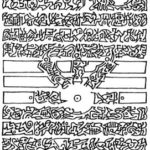
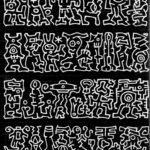
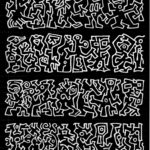
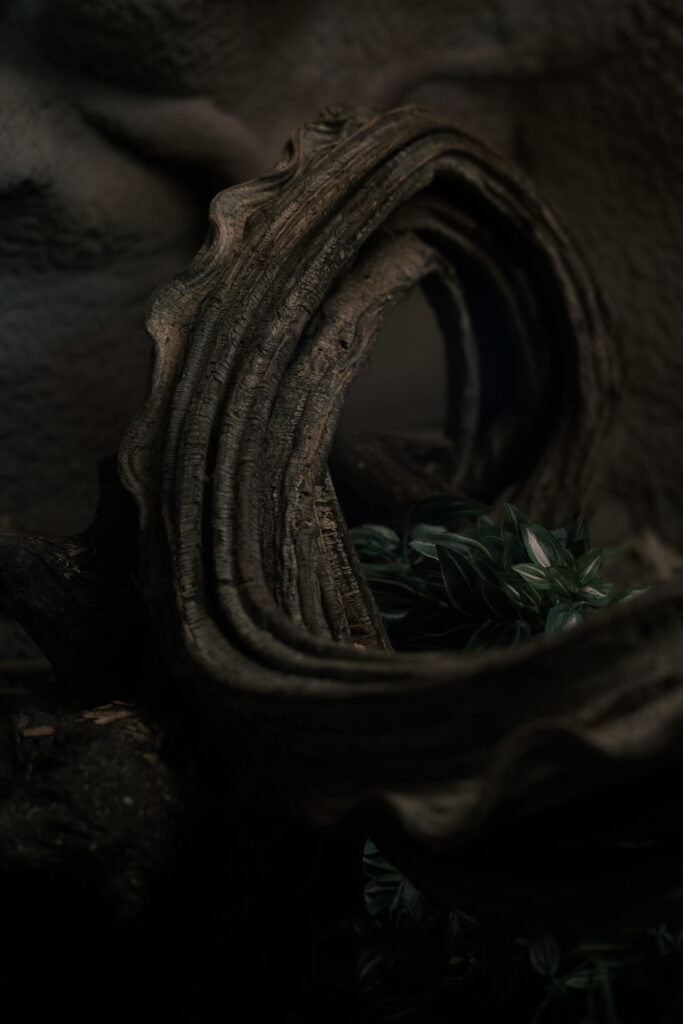
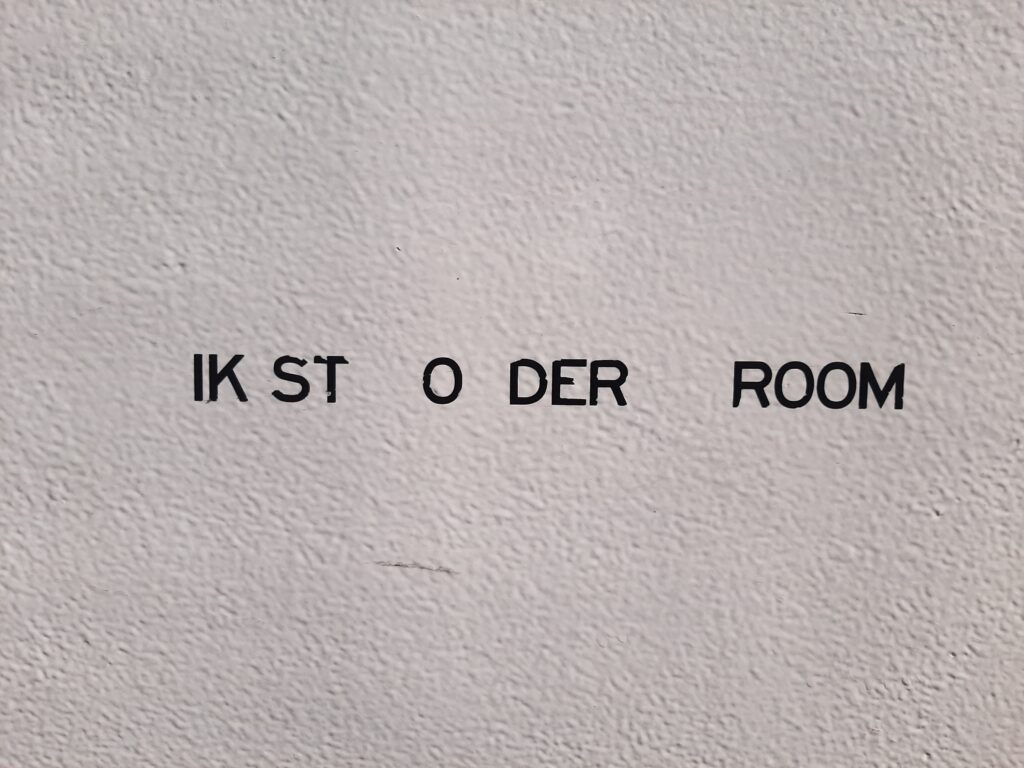

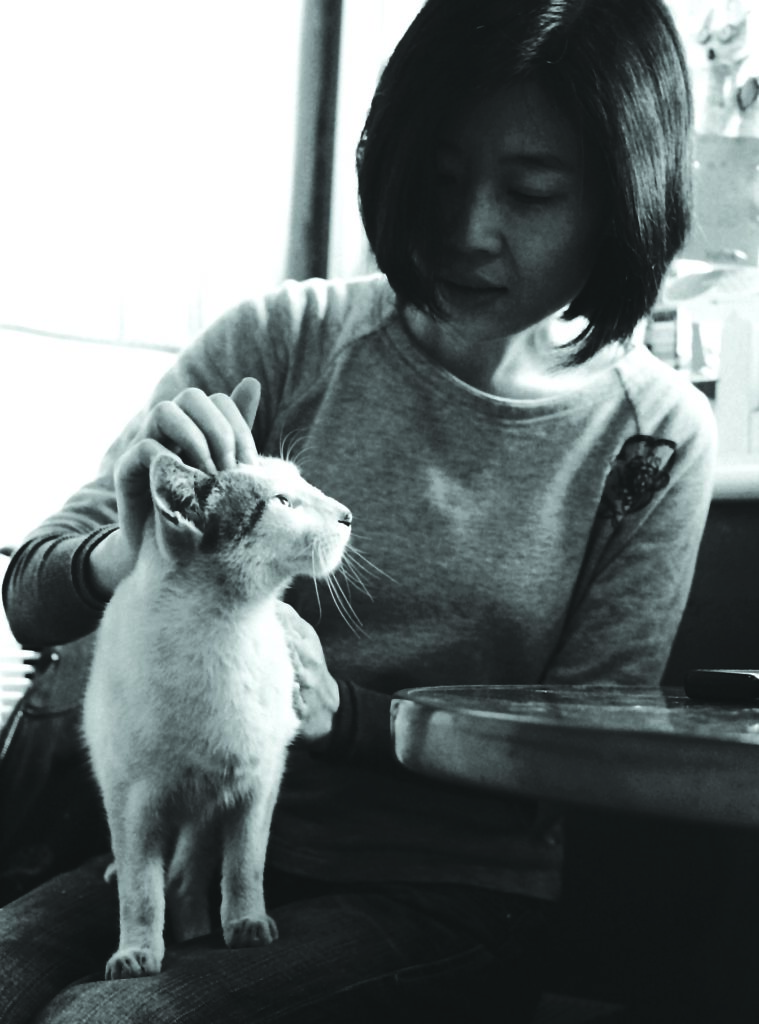
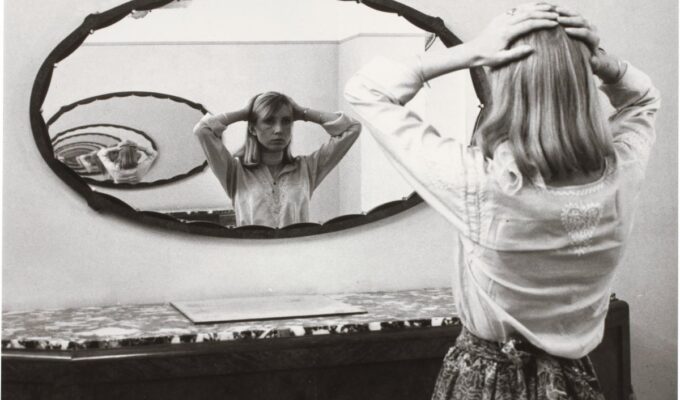

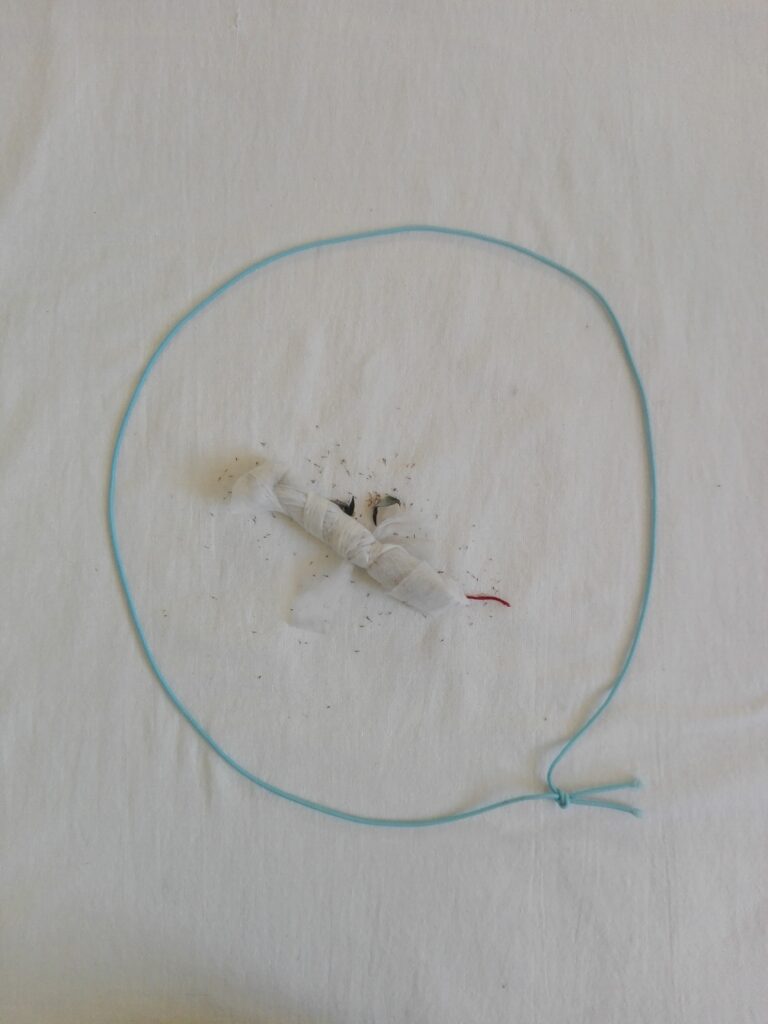
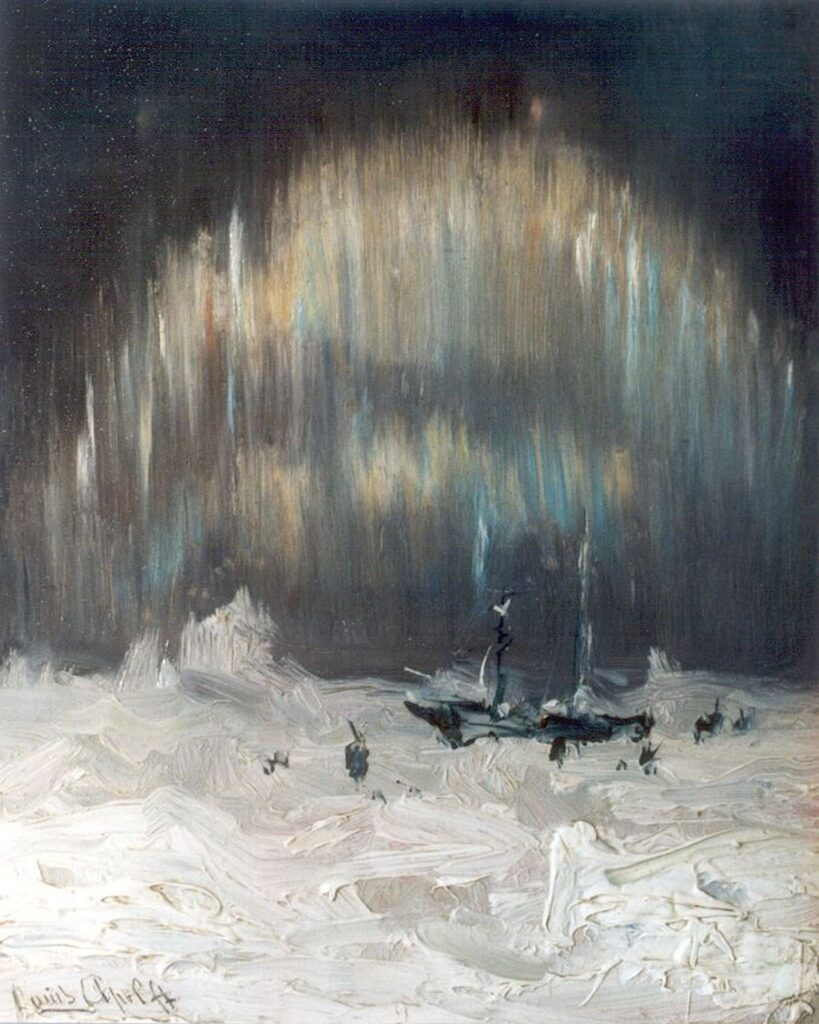
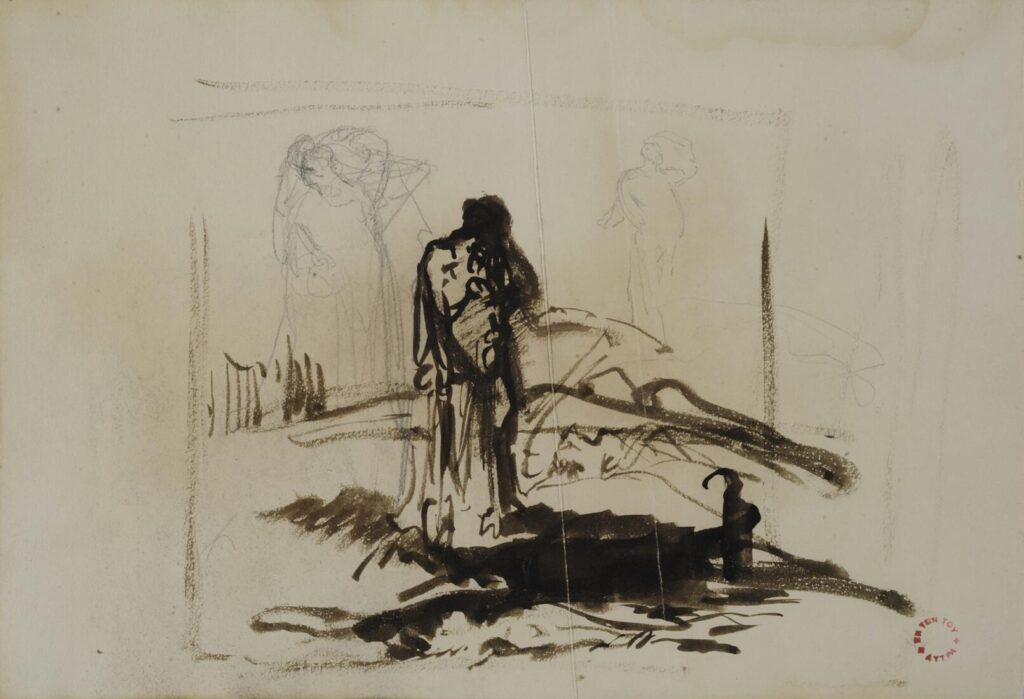
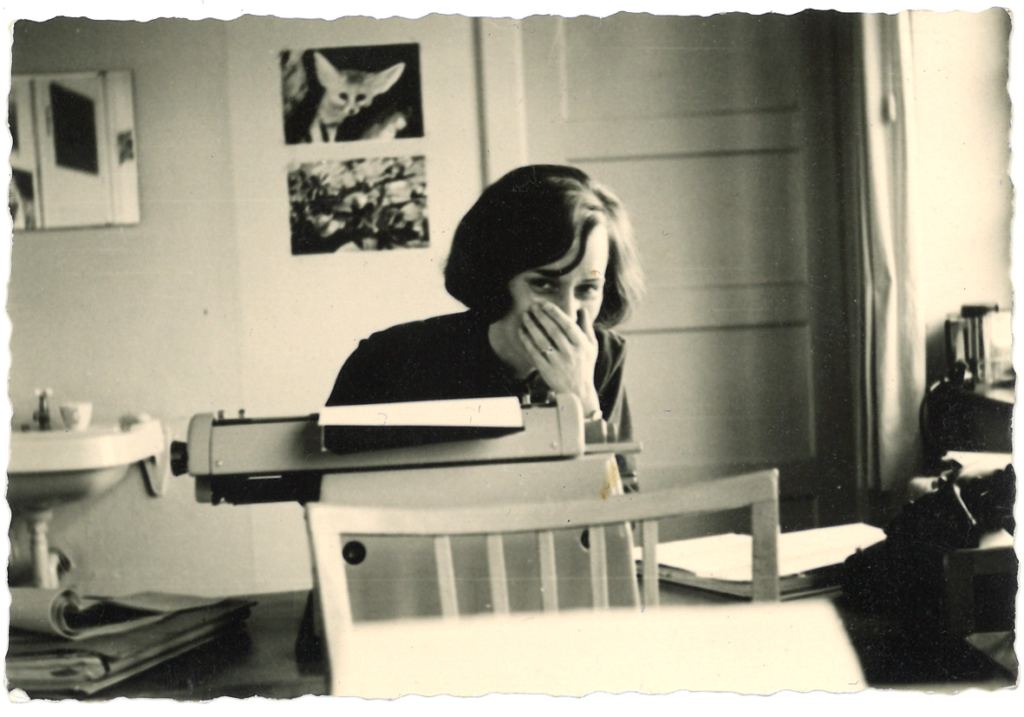
4 thoughts on “Interview Michael Jacobson”
Comments are closed.